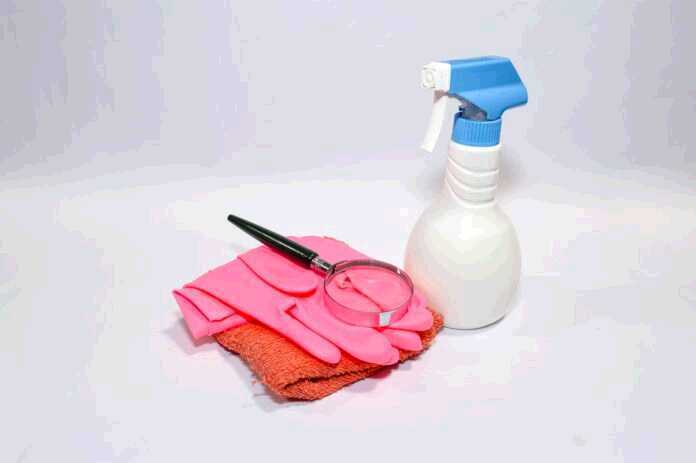
Spring cleaning season is here! With the harsh chemical in many commercial household cleaners, many people are searching for more natural ways to clean and disinfect their homes. Luckily, an inexpensive alternative to potentially toxic cleaners does exist. It doesn’t leave behind the chemical residues in the air or on surfaces. Even better, you probably already have it in your pantry.
What is it? White Vinegar
White vinegar is a relatively mild acid and natural disinfectant. It is a safer alternative to products containing chlorine bleach and kills many germs like bacteria, mold, and mildew without the harmful fumes and residues. It is readily available at any grocery store and using it as a household cleaner will not only make your home less toxic, it will probably save you money. Since vinegar is biodegradable, you don’t have to worry about it being flushed into your local water system when cleaning sinks, toilets, and drains. In many cases it is a great alternative to bleach, but in certain circumstances, like fighting staphylococcus, it isn’t as effective.
How to Use White Vinegar to Clean
For quick and everyday clean ups, fill a spray bottle with equal parts white vinegar and water. This spray is great for countertops, shower doors, stovetops, and the microwave.
Using undiluted white vinegar is great for high traffic germ areas. This includes toilets, sinks, doorknobs, cutting boards, and faucet handles.
Worried about that potent smell? You shouldn’t be. It is usually gone within an hour or less.
Be careful when using white vinegar while cleaning exposed window seals or unsealed grout. Make sure you rinse these areas with water after cleaning with vinegar. Also, vinegar may not be appropriate for certain stone surfaces like marble, limestone, or travertine.
So go ahead and ditch those costly household cleaners and give white vinegar a try. Enjoy your clean home without worrying about harsh chemical residue and the impacts on your local environment.






























